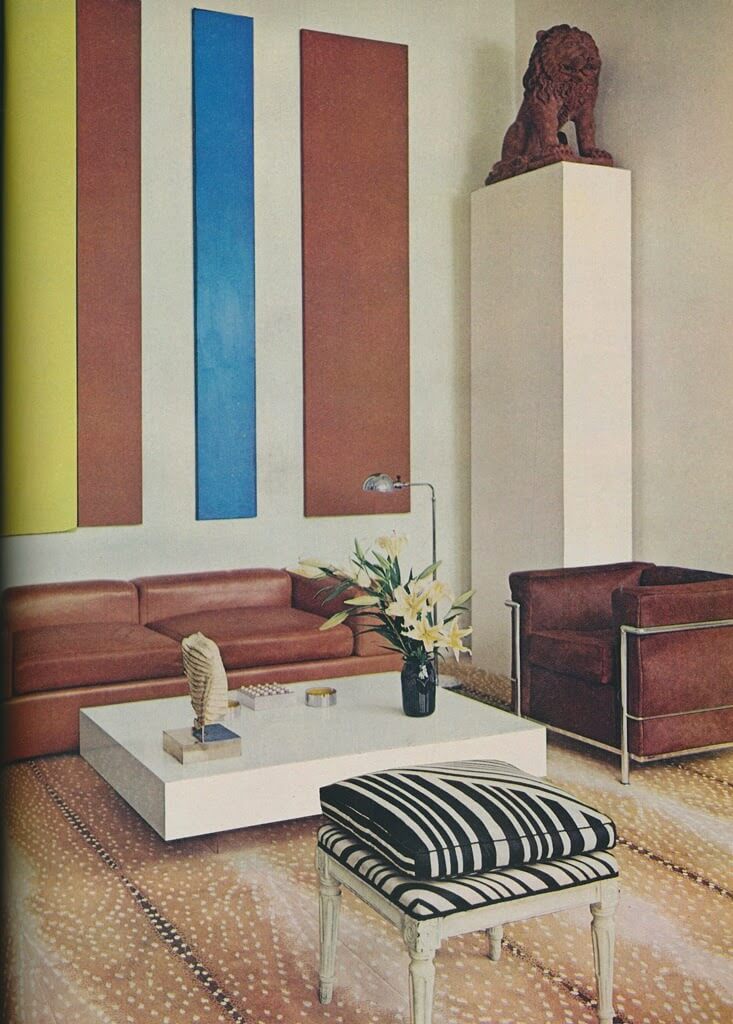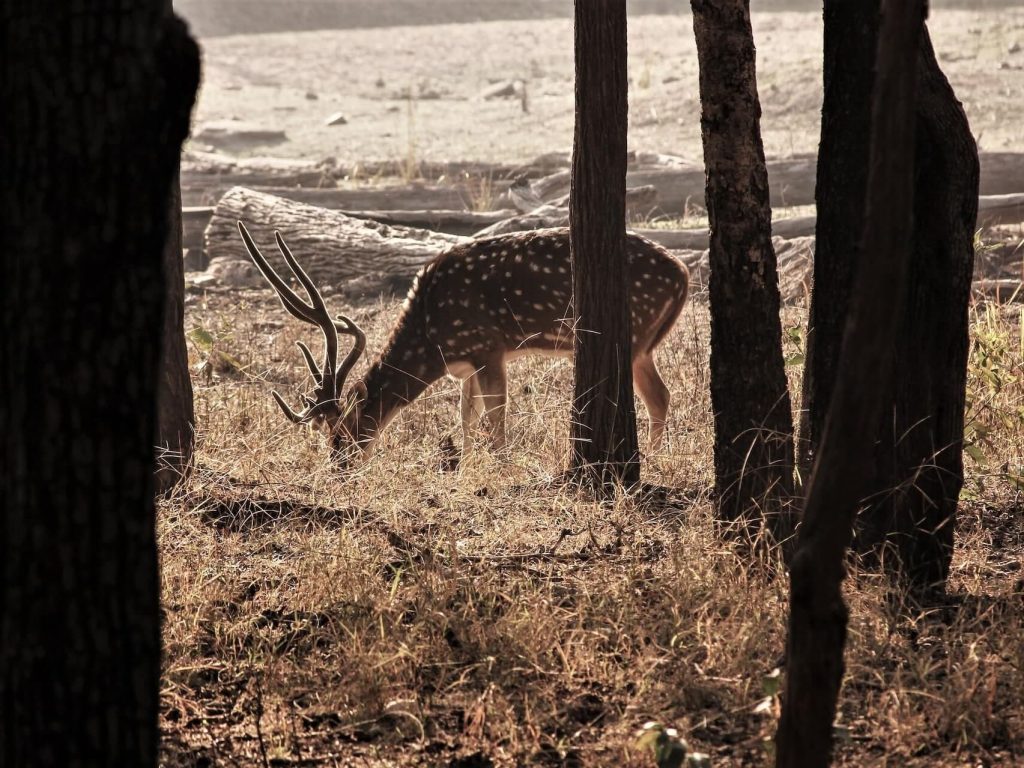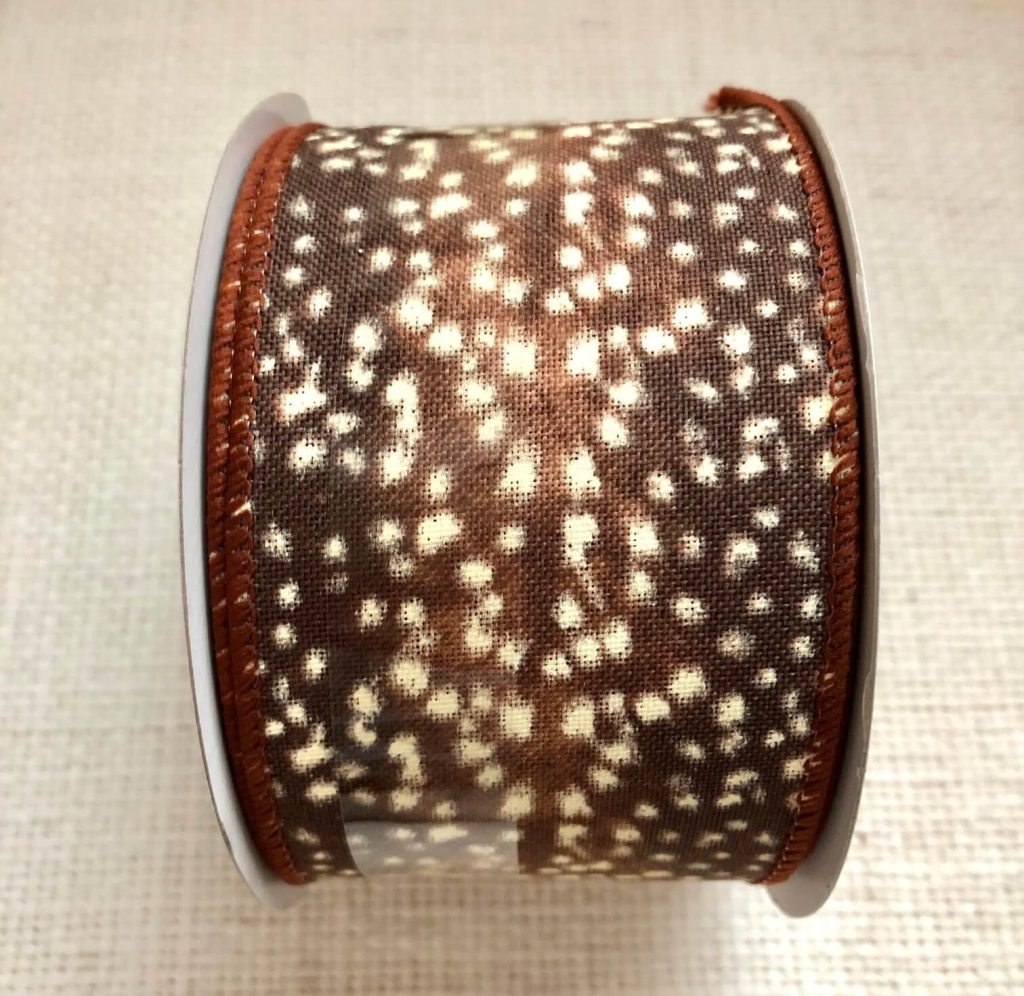This series of blog posts, which I am calling ”Pattern Recognition,” will highlight patterns for use in interior design. I will begin by focusing on one of my absolute favorite animal prints–Antelope!
Now, animal prints are perhaps the original decorative designs going back into prehistory. Leopard and zebra prints lend an exotic air to interiors, and Tiger prints are perennial favorites. But the thing with animal prints is that they can be too overwhelming if used profusely. It’s best to use them judiciously either as accents, or to neutralize them into the rest of the decor.
The Antelope Pattern
One perfect pattern that works very effectively as a neutral is the so-called “Antelope” print, which comprises various white spots on a ground of tawny shades. The antelope pattern was developed by Stark Carpet and released in 1970, a time when Safari Chic was very much in the Western imagination.
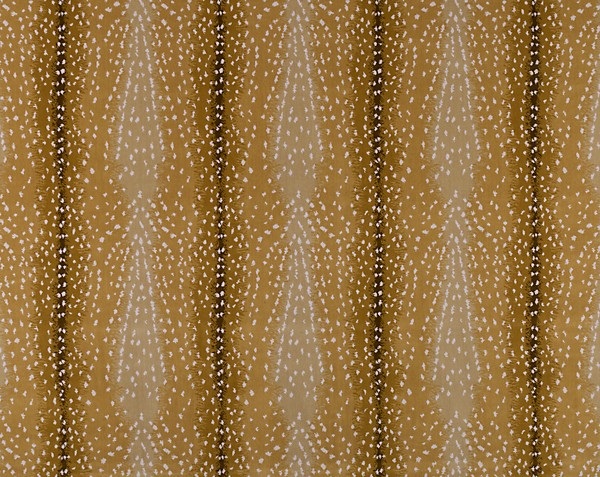
While the pattern is based on a real animal hide, it is not that of an antelope. Instead, the pattern is taken from the Indian chital (Axis axis), a genus of deer. Why Stark chose to call the pattern “antelope” is beyond me, though perhaps they thought customers were more likely to associate exotic animal prints with antelopes than with deer.
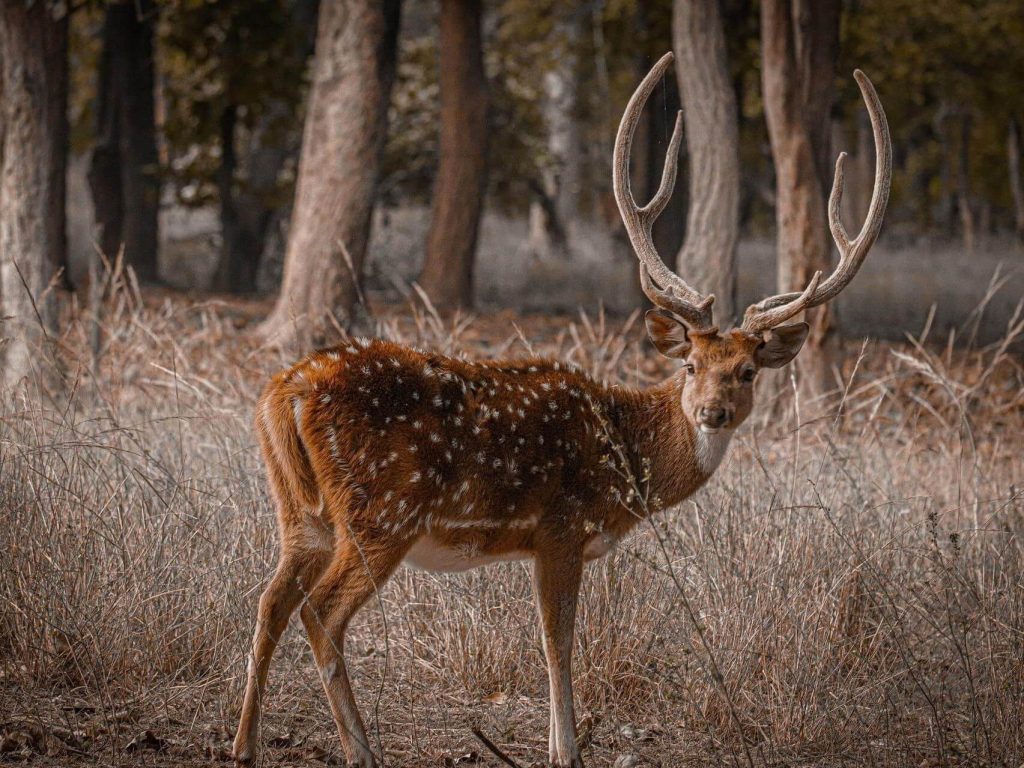
Although deer and antelope are in the same order, Artiodactyla, they are in different families. They are about as related to each other as dogs are to bears. Close, but obviously very different. Further, while there are some species of antelope in the genus Tragelaphus that have spots on their coats, those spots are marginal and nowhere near as abundant as they are on the axis deer.

Variations of Antelope
Stark also has a number of iterations on this pattern in its catalogue. One of them, Antilocarpa, is a misspelling of the generic name for the pronghorn (Antilocapra americana), which is also neither an antelope or even spotted, but is at least colloquially called an antelope in the United States. I don’t particularly like this iteration of the Antelope pattern because the spots are more angular, calling to mind the scaly spots on a reptile.


A Modern Classic
In any case, the antelope pattern has become a modern classic, used in fine interiors since at least its inception. What makes it so great is that the variegated pattern hides stains and soiling very well. No surprise there, given that axis deer in the wild rely on their spotted coats as camouflage from predators.
In recent years, the pattern has trickled down to some affordable offerings, such as rugs at Ballard Designs. It was even used last year on a wired holiday ribbon at the big box craft retailer Michaels!
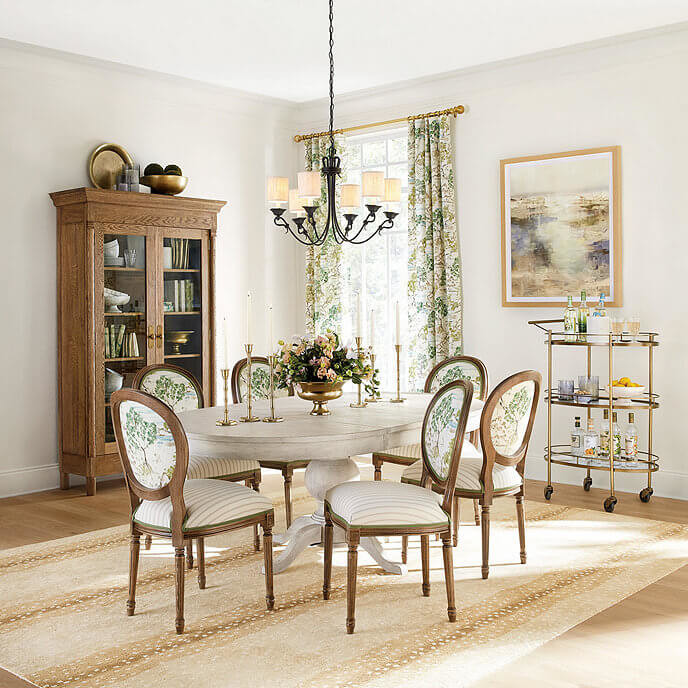
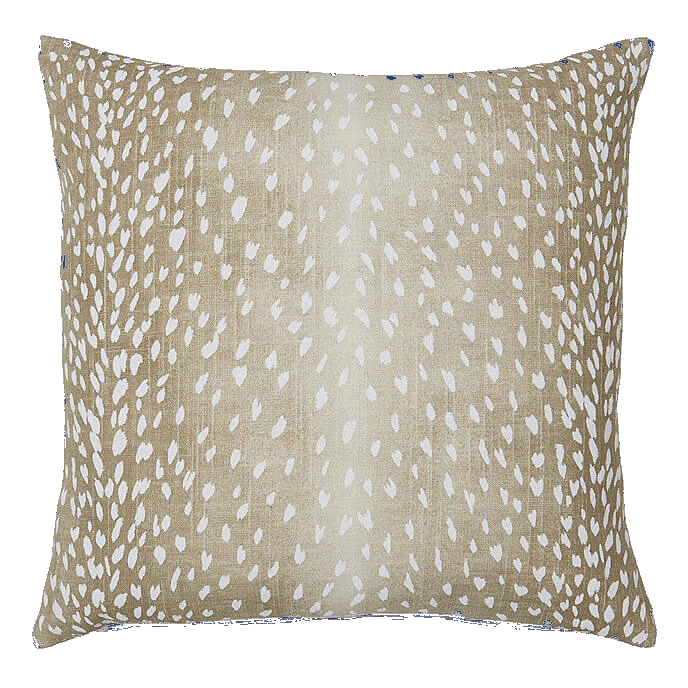
While nowhere near as ubiquitous as leopard spots or even the famous tiger velvet, it has become a standard pattern in the animal print arsenal for those in the know.
